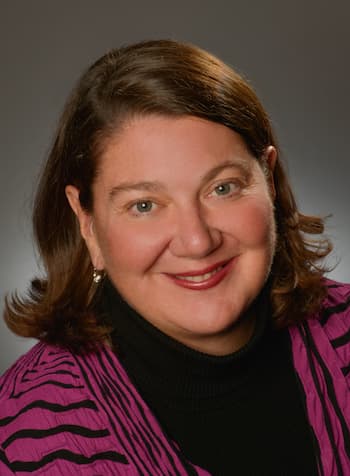Trends in Adaptive Reuse
Housing shortages are making conversion to residential use the most popular type of change. Rent Cafe reported that 2021 was the most successful year for apartment conversions, with more than 20,000 units coming online and an additional 52,700 units expected to become available in 2022, many created from former office buildings and hotels. However, opportunities for adaptive reuse projects aren’t limited to residential. Existing commercial structures are finding new life as health care facilities, logistics warehouses and mixed-use suburban centers.
“Adaptive reuse projects have evolved to a point where they should be considered an asset class of their own,” says K.C. Conway, principal of Red Shoe Economics and chief economist for the CCIM Institute. “A variety of new projects have surfaced in secondary and tertiary markets, where investors see adaptive reuse as a driver of net operating income and yield.”
Adaptive reuse projects have evolved to a point where they should be considered an asset class of their own."
Role of the Broker
Listing properties for adaptive reuse requires envisioning the possibilities and selling that vision to a prospective investor or developer. But the broker’s role doesn’t stop there. Brokers often determine the feasibility of adaptive reuse. For example, they may work with local government officials on zoning and infrastructure issues, secure permits, engage with an economic development group to secure funding, promote the project to the community and more. There are potential pitfalls for brokers who fail to anticipate and plan for these steps or, at the very least, fail to bring together the players responsible for each element of a successful adaptive reuse project.
Meet four commercial brokers who successfully turned underperforming assets (in one case, a gigantic white elephant) into lucrative sales that benefitted their bottom line and the local community.
From Rodeo Arena to Distribution Center
You’re not alone if central Louisiana doesn’t jump to mind when you think of rodeos. But in the late 1990s, a developer tried to make it happen, pouring $11 million into a 64,000-square-foot indoor rodeo arena. The arena hosted one event, in 2000, before going belly up. Afterward, the venue sat unused for 17 years through four owners until Matt Ritchie, CCIM, president of Ritchie Real Estate, walked in. “I took one look at that clear span metal building with its 45-foot-high ceilings and thought, this is perfect for industrial.”
Ritchie’s vision was so clear that he and a partner purchased the Boyce, La., building and surrounding 26 acres of land to develop it for leasing as a logistics or distribution center site. “No one was biting, so I pitched other uses,” says Ritchie—among them, a hurricane overflow center and a potential pandemic field hospital.
In 2021, Lowe’s Home Improvement expressed interest. Ritchie negotiated a long-term lease, agreeing to develop the property for a distribution warehouse within six months. “The building contained only dirt floors and bleachers,” says Ritchie. “We donated the bleachers to a local school and brought in tons of dirt to raise the floor to accommodate truck docks. Trucks also meant upgrading the off-highway roads to heavy-haul standards.”
As part of an upgrade to the water supply system, a 50,000-gallon tank was added to the existing water supply, requiring a larger pump. “It came down to the wire,” says Ritchie. The pump was sitting in a Georgia port awaiting transport. With just three days left before Lowe’s was to take possession, Ritchie sent someone to pick it up rather than risk missing the deadline. “This project took two years off my life,” says Ritchie, “but we got it done—working seven days a week for six months.”
Despite strong local support for the project and extensive lobbying, Ritchie was unable to secure funding from the state’s economic development agency. “We could have used that money, as the project came in about 30% higher than I’d priced it,” says Ritchie. “I view it as a loss leader. Lowe’s took the building and six acres. We still have land and the heavy-haul road to support other trucking operations, and I’ve already had one inquiry.”
Reflecting on the project, Ritchie says he should have hired a broker to negotiate on his behalf. “Self-representation saves you on the front end but could cost dearly on the back end of the deal,” he says. “In this instance, I believe I negotiated the best available deal, but I will never know.” He recommends involving a business or real estate attorney at every step. “Many small brokers don’t want that expense, but in the grand scheme, it’s worth it.” He also recommends including escalation clauses in the contract. “In this environment of inflation, supply chain and labor shortage issues, I would never agree to a lease rate without escalation clauses if the cost of construction increases.”
Next up: In December, Ritchie expects to start leasing up an 88-unit facility that he and a partner converted from a motel to a senior residential facility. Not every hotel-to-residential conversion works, he says, but the property was in a unique location—close to a hospital and restaurants, and perfect for the 55-and-over crowd.


















